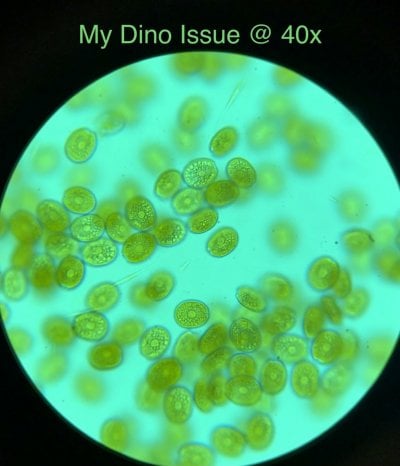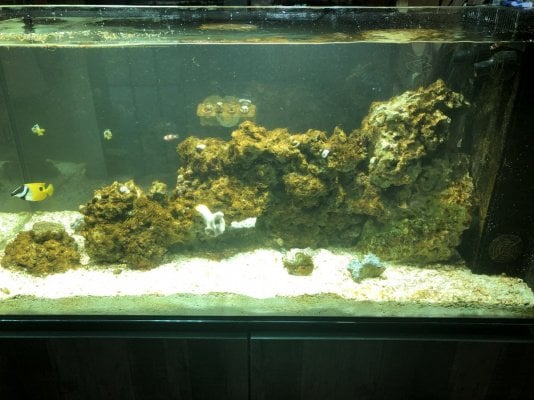I've been wrestling with small cell amphid and nothing really seems to make a dent, I've had UV in DT for weeks and not much change. I have not tried Si dosing but that might be next, I've been trying to get more copepods going and dosing phyto daily but so far the Dino's just shrug it off and keep going, it is pretty demoralizing. I can see why there is such a large portion that abandon things, if you deal with dino's with no clear path for long periods of time is a big BUMMER.....
Wishing everyone reading this thread good luck, I wish I knew the magic potion for small cell but if and when I get there I will post what I tried etc...
Wishing everyone reading this thread good luck, I wish I knew the magic potion for small cell but if and when I get there I will post what I tried etc...























